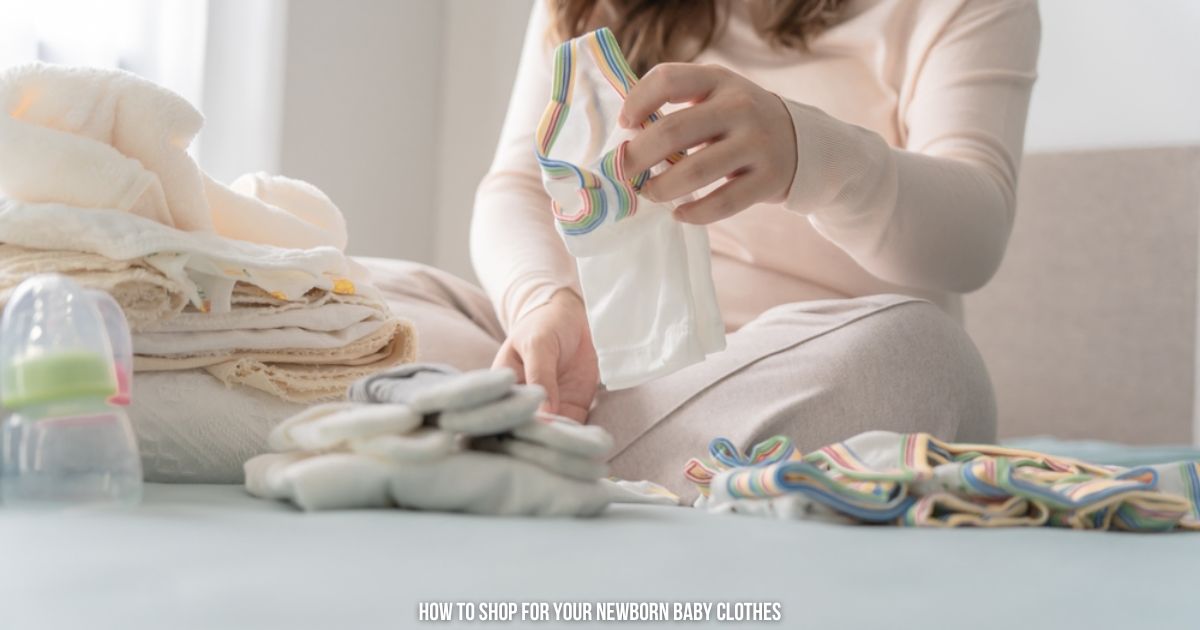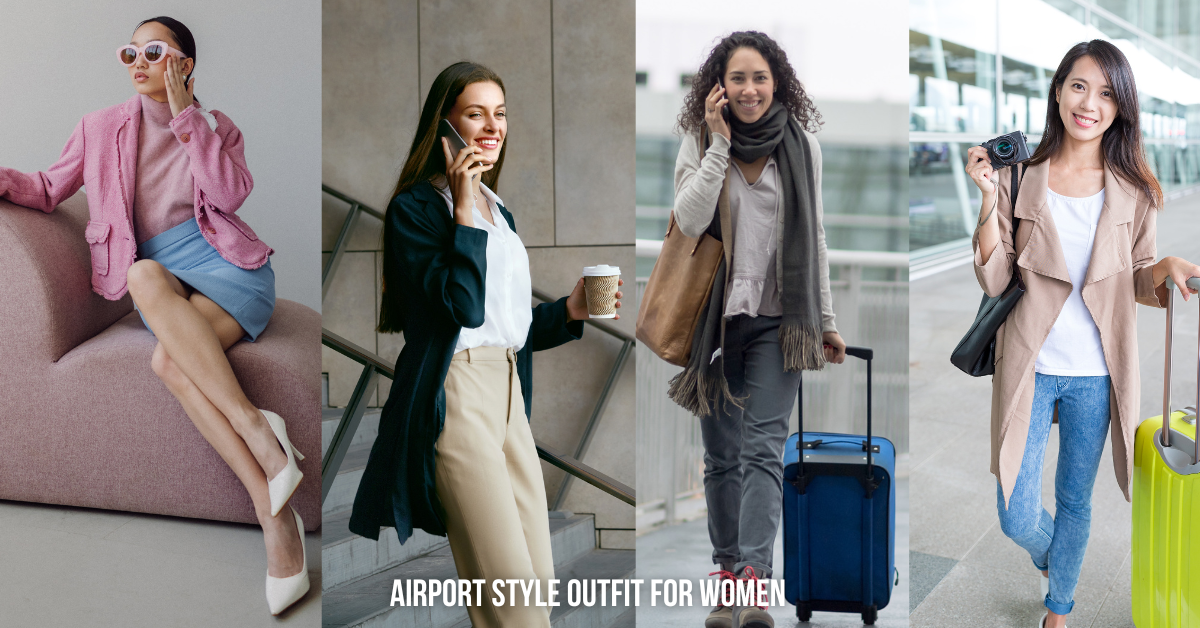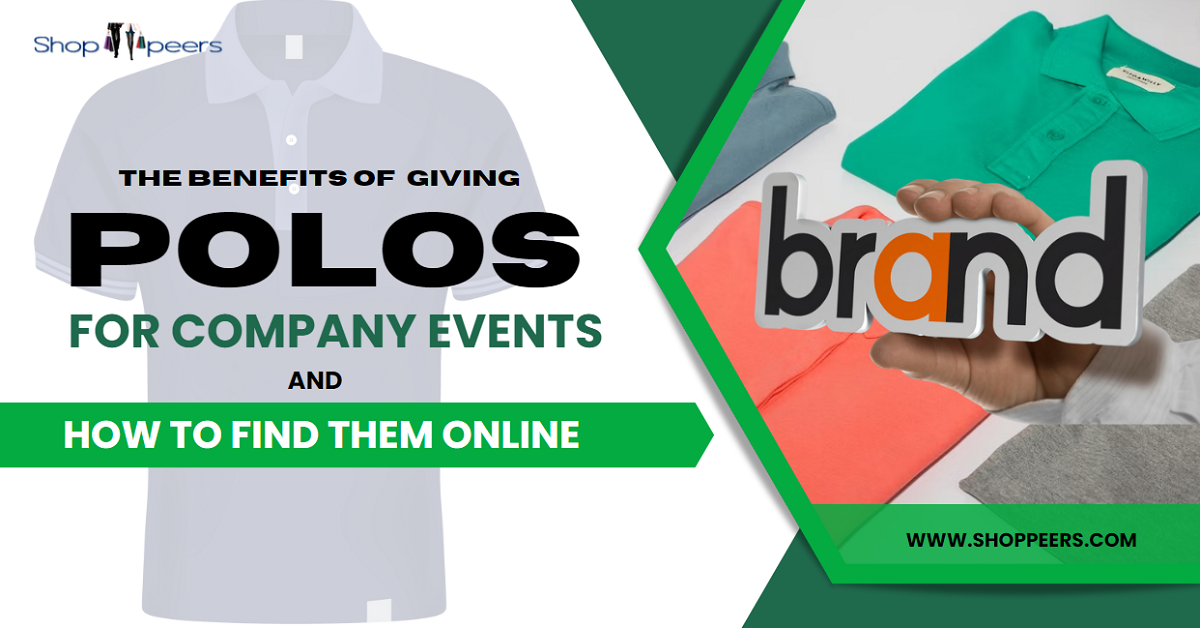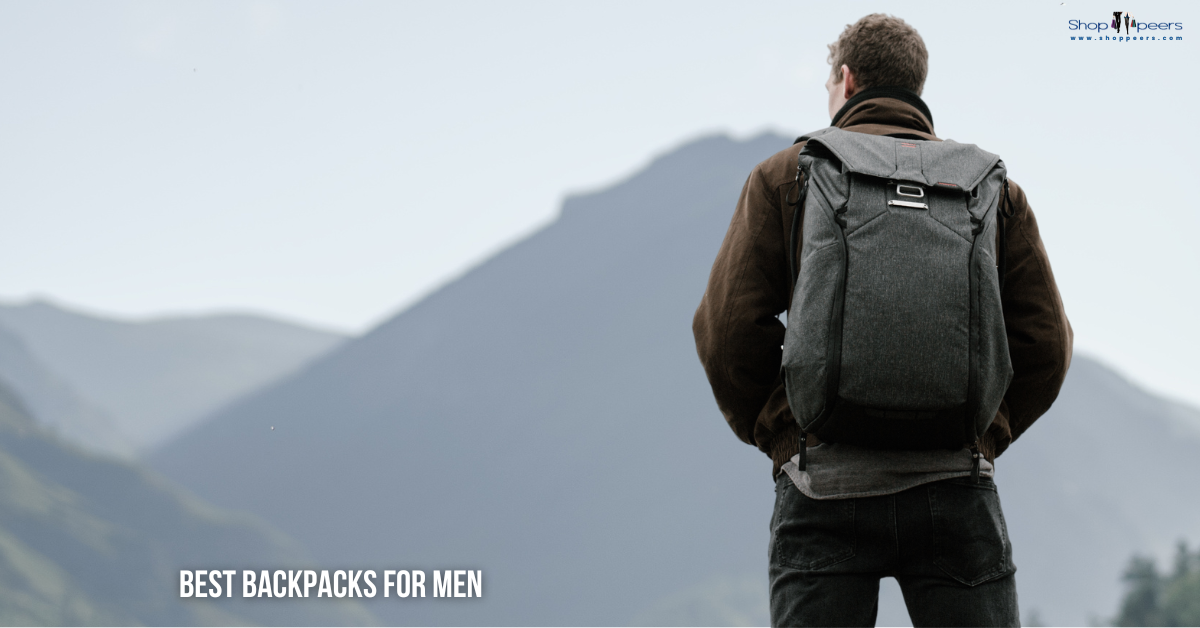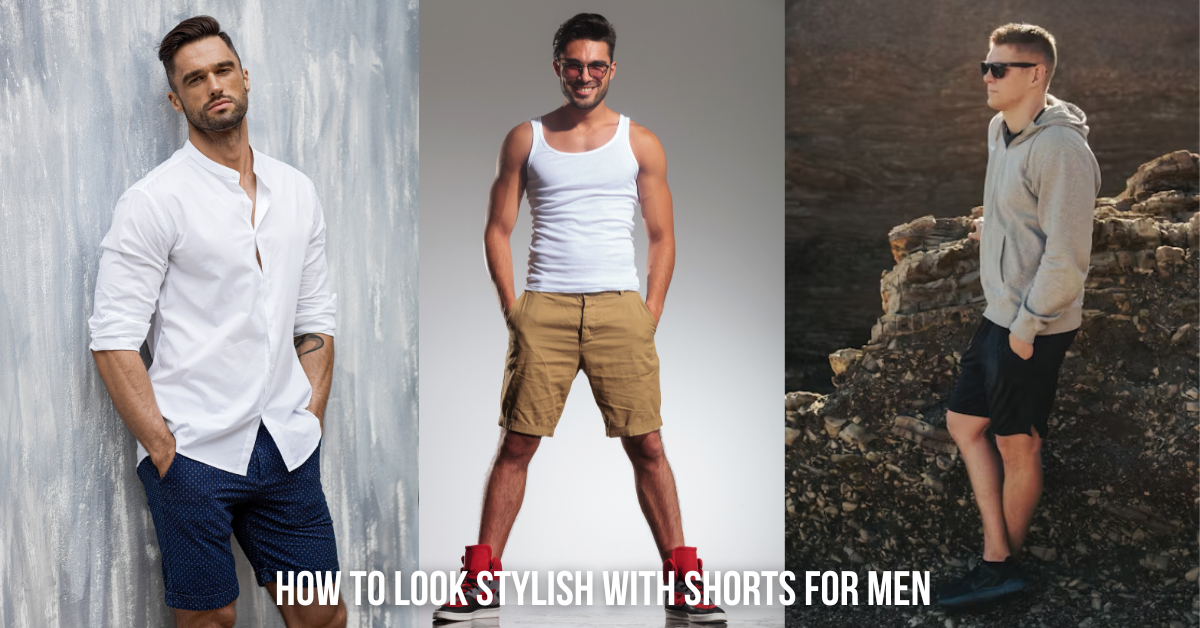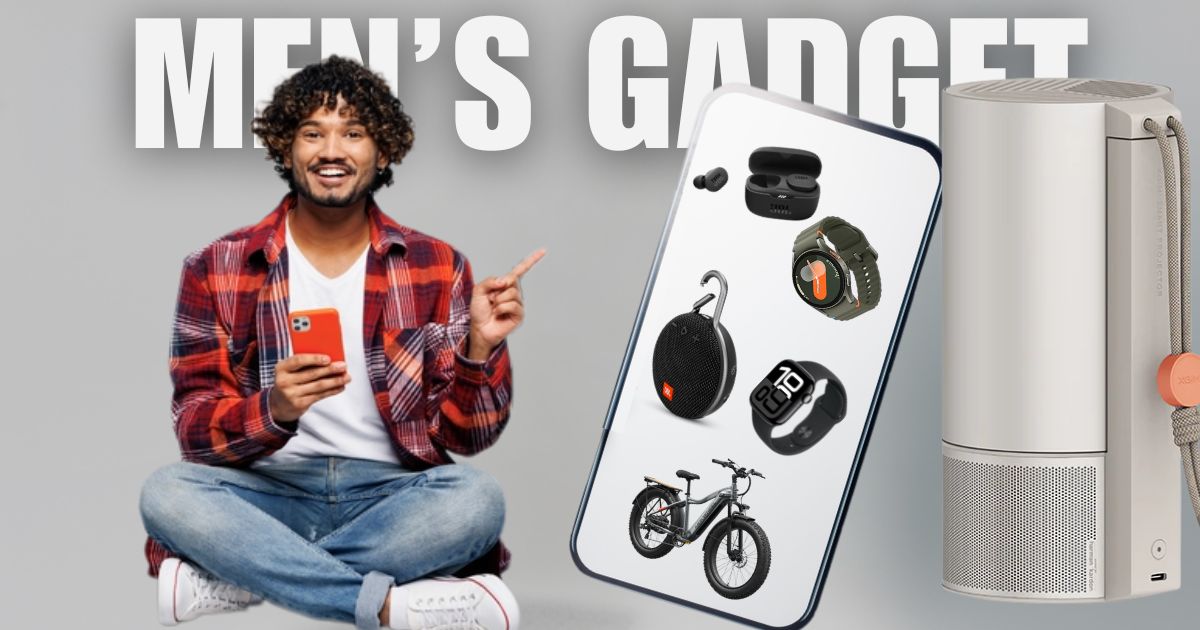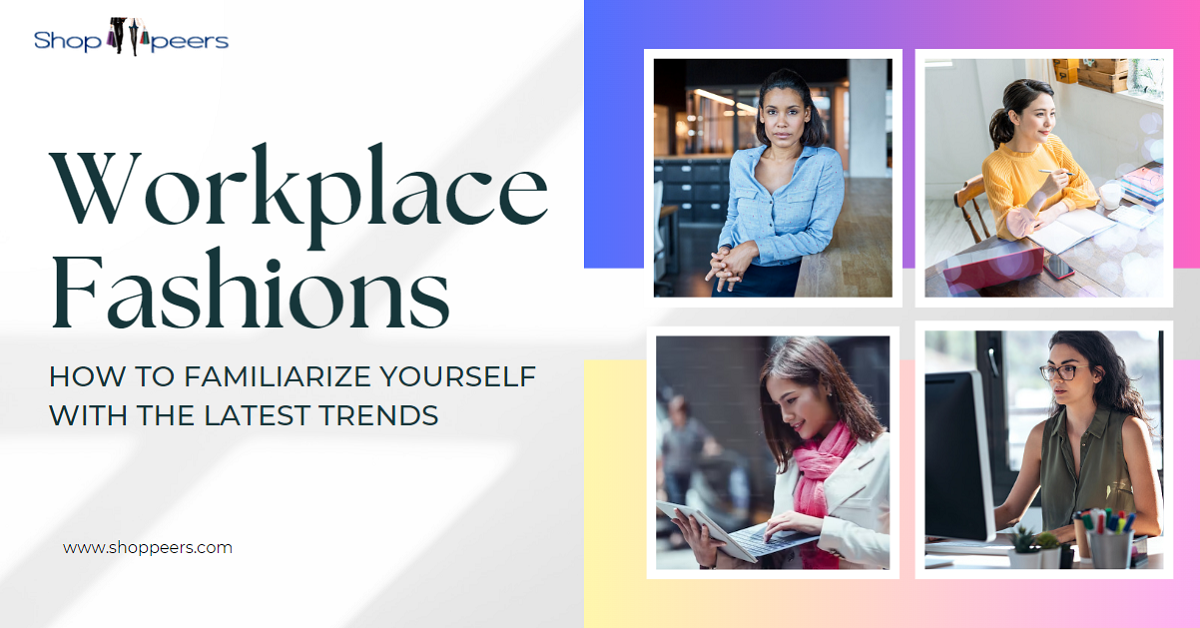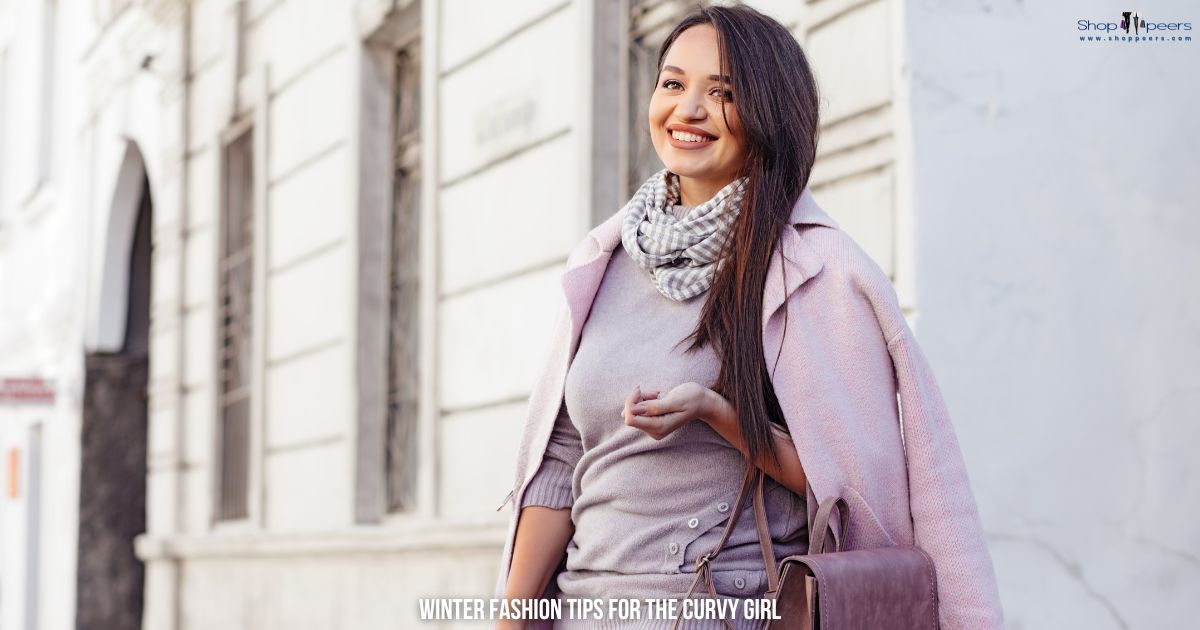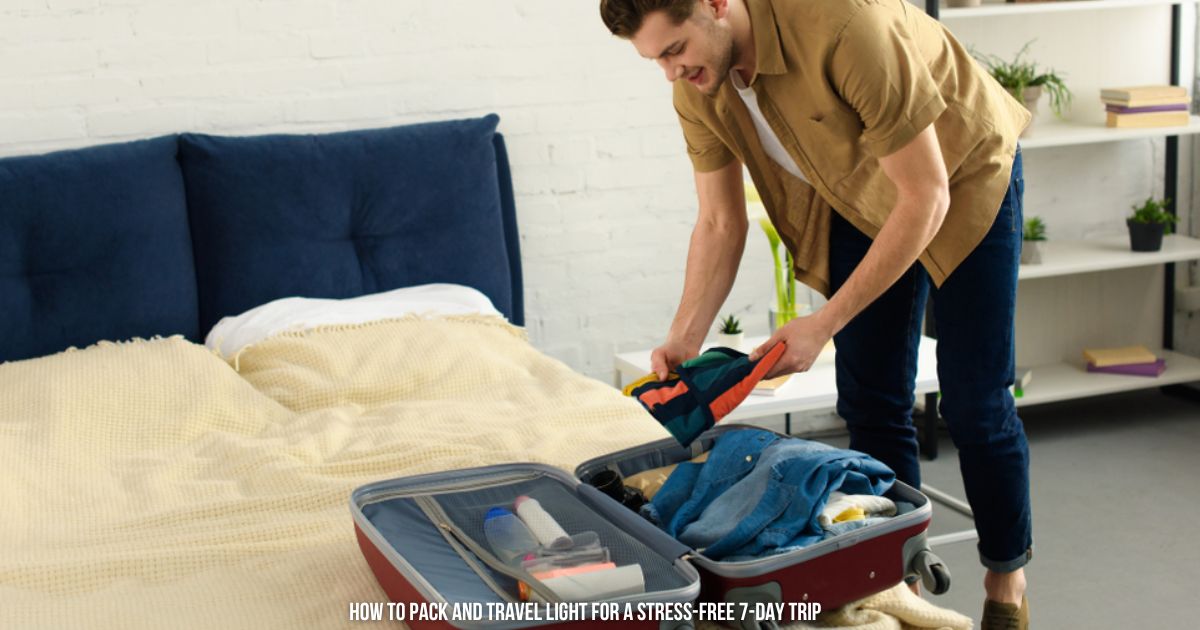Bringing home a new baby is like stepping into a world where time moves fast and laundry multiplies overnight. One minute you’re admiring tiny socks that could fit in your palm, and the next you’re realizing your newborn outgrew half the closet before wearing it all. Shopping for newborn baby clothes can feel exciting—but it’s also easy to get swept up in the cuteness and forget the practical side of things.
The truth is, your baby doesn’t need a designer wardrobe. They need soft, comfy clothes that make life easier—for both of you. In this guide, we’ll walk through exactly how to shop for newborn baby clothes without wasting money or ending up with a drawer full of outfits that never get worn. From choosing the right fabrics to figuring out how many onesies you really need, you’ll learn all the smart, parent-approved tricks that save time, stress, and sanity.
1. Why newborn baby clothes need more than just cuteness
When you’re shopping for newborn baby clothes, it’s tempting to grab whatever looks adorable—because, let’s face it, everything in that aisle is tiny and precious. But newborns have delicate skin and unpredictable growth spurts, which means comfort, safety, and practicality matter most.
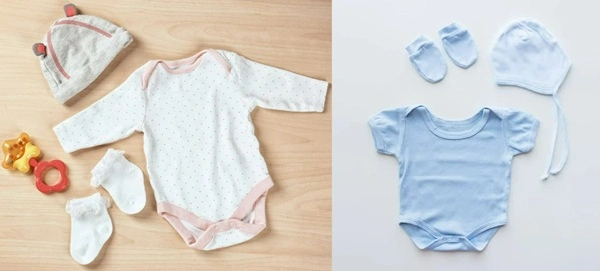
Here’s what to prioritize before you get lost in the sea of ruffles and bear-ear hats:
-
Softness comes first. A newborn’s skin is more sensitive than yours, so gentle fabrics like 100% cotton or bamboo blends are ideal.
-
Temperature control matters. Babies can’t regulate body heat well, so breathable fabrics help prevent overheating.
-
Fast changes are your new normal. You’ll change your baby’s outfit more times than you can count — easy snaps and zippers are lifesavers.
-
They grow. Fast. Most newborns double their birth weight in about five months. That means those “newborn” outfits? They might last only a few weeks.
Parent Hack: Keep your “special occasion” outfits to a minimum. Your baby won’t care about fancy bows — but you’ll definitely care when you’re trying to change one at 2 a.m.
2. How many newborn baby clothes do you really need?
It’s the question every new parent asks: How much is enough? The short answer—not as much as you think.
Babies can go through several outfits a day thanks to spit-ups, diaper leaks, and “mystery messes.” But since they grow quickly, buying too many newborn-sized clothes can lead to wasted money and unworn items.
A practical starter checklist:
According to baby care experts and real parents’ experience, here’s a solid foundation:
-
7–8 bodysuits/onesies (mix of short and long sleeves)
-
4–6 sleepers or gowns for nighttime or lounging
-
3–5 pairs of pants/leggings for layering
-
2–3 hats or beanies (especially if it’s chilly)
-
5–6 pairs of socks/booties
-
2 swaddles or wearable blankets
And if you’re wondering—yes, that’s plenty.
Pro Tip: Don’t load up on newborn sizes. Buy a few, then focus more on 0–3 month clothes since most babies outgrow the newborn stage quickly.
3. Choosing the right fabrics and materials
Not all baby clothes are created equal. The wrong material can irritate your baby’s skin or make them uncomfortable during naps and feedings.
What to look for:
-
100% cotton: Soft, breathable, and safe for sensitive skin.
-
Organic cotton: A little pricier, but great if you prefer chemical-free options. Brands like Burt’s Bees Baby and H&M Conscious Baby offer affordable organic lines.
-
Bamboo fabric: Silky soft, breathable, and eco-friendly—ideal for babies prone to heat rash.
-
Avoid synthetics: Polyester blends or fabrics with lots of spandex can trap heat and cause discomfort.
Myth vs. Fact
Myth: Thicker fabrics keep newborns warmer.
Fact: Overheating is actually more dangerous than being slightly cool. Dress your baby in breathable layers instead of heavy materials.
4. The importance of size and fit
Baby clothes sizing can feel like decoding secret codes. One brand’s “newborn” might fit up to 8 pounds, while another’s runs smaller. That’s why it’s best to focus on your baby’s weight and height rather than the label.
Sizing tips:
-
Buy a mix of newborn and 0–3 month sizes. Many babies skip straight to the latter.
-
Check each brand’s chart. Carter’s, Gerber, and Old Navy Baby differ slightly in measurements.
-
Leave room to grow. Loose-fitting clothes are better than tight ones. Babies need space to stretch and move.
-
Watch for irritation points. Avoid scratchy tags, tight waistbands, or decorative stitching that might rub the skin.
Parent Hack: When in doubt, size up. You can always roll sleeves or pant legs, but you can’t make clothes bigger.
5. Features that make life easier
You’ll quickly learn that the best newborn baby clothes are the ones that make your life easier. Look for these smart design features:
-
Zippers over snaps. Two-way zippers (found in many Carter’s or Cloud Island sleepers) make diaper changes super fast.
-
Envelope necklines. These let you pull clothes down over the body instead of over the head after a blowout. (You’ll thank yourself later.)
-
Built-in mittens and footies. Keeps baby warm and prevents scratches without extra accessories.
-
Tag-free designs. Labels printed on the inside are gentler on the skin.
Pro Tip: Avoid clothes with too many buttons, bows, or fancy details — they’re cute for photos but impractical for daily life.
6. Building your newborn baby clothes checklist
Here’s your go-to list for what to buy and what to skip.
Must-Haves:
-
Bodysuits (7–8): Everyday essentials for layering.
-
Sleepers (4–6): Choose zippered ones for nighttime convenience.
-
Pants/leggings (3–5): Comfy and mix well with tops.
-
Socks & booties (5–6 pairs): Tiny feet get cold fast.
-
Hats (2–3): Lightweight cotton hats are great for early days.
-
Swaddles (2–3): Look for Velcro or zip swaddles for easy wrapping.
-
Special outfit (1–2): A cute “going home” or family photo outfit.
Optional Extras:
-
Mittens: Prevent face scratches.
-
Sweater or jacket: For cooler months — but never bulky under a car seat.
-
Sleep sacks: A safer alternative to loose blankets.
Skip (for now):
-
Shoes (they won’t walk for months).
-
Fancy dresses or suits — unless for an event.
-
Anything with small parts or loose embellishments.
7. Shopping smart—saving money without sacrificing quality
Baby clothes shopping can get expensive fast, especially when you’re tempted by every tiny pattern. Here’s how to stay budget-wise:
Shop in multi-packs:
Brands like Gerber and Carter’s sell bundles of bodysuits or sleepers that cost less per piece.
Mix and match basics:
Stick to neutral colors (gray, white, beige) for easy coordination. Add pops of color later.
Buy secondhand or accept hand-me-downs:
Newborn baby clothes often look brand-new after one wear. Check Facebook Marketplace, ThredUp, or local mom groups.
Take advantage of sales:
Stores like Old Navy Baby, Target (Cloud Island), and H&M Baby often run seasonal discounts.
Think beyond newborn size:
Plan ahead and grab a few 3–6 month outfits during sales to save later.
Pro Tip: Don’t buy ahead for an entire year. Babies grow differently — what fits one 4-month-old might still be too big for another.
8. Avoiding common mistakes when buying newborn baby clothes
Even seasoned parents make a few wardrobe blunders at first. Here are some you can dodge:
-
Overbuying newborn sizes. They outgrow them in weeks (or days!).
-
Ignoring fabric care. Some materials shrink or pill easily. Always check labels.
-
Buying for the wrong season. If your baby’s due in summer, skip fleece onesies.
-
Choosing style over function. Buttons, ruffles, or stiff denim = regret at 3 a.m.
-
Skipping easy closures. You’ll want one-hand zippers when holding a squirmy baby.
Myth vs. Fact
Myth: Babies need shoes early to support foot growth.
Fact: Barefoot or sock-only time helps develop stronger, more natural foot movement. (HealthyChildren.org)
9. Keeping your baby’s clothes clean and safe
Once you’ve got your wardrobe sorted, maintaining it is key. Newborns are messy—and gentle care keeps clothes fresh and safe for their skin.
Fabric care checklist:
-
Wash before first wear. Removes dyes and residues.
-
Use baby-friendly detergent. Fragrance-free, hypoallergenic detergents like Dreft or All Free Clear Baby are gentle on skin.
-
Avoid fabric softeners. They can irritate sensitive skin.
-
Air dry when possible. Keeps clothes soft and prevents shrinking.
-
Inspect snaps and seams. Loose threads or broken zippers? Retire that piece.
Parent Hack: Keep a mesh laundry bag for socks and mittens — they’re so small they vanish like magic in the washer.
Every Little Moment Matters: Style, Comfort & Love from Mamas & Papas
Parenthood is full of firsts — first smiles, first steps, and first adventures. At Mamas & Papas, we’re here to make those moments easier with expert advice and products designed for comfort, safety, and love. Discover how we support families through every stage of the journey. Visit MamasandPapas.com today and experience the care, guidance, and essentials that make parenthood truly joyful.
10. Sustainable shopping for newborn baby clothes
If you care about sustainability, there are easy, affordable ways to shop responsibly:
-
Buy organic or OEKO-TEX certified fabrics. These are tested for safety and chemical-free dyes.
-
Choose gender-neutral basics. Perfect for reuse or hand-me-downs.
-
Support quality over quantity. A few well-made pieces last longer than piles of cheap ones.
-
Pass it on. Once your baby outgrows something, donate or gift it. Many charities gladly accept gently used newborn items.
Brands like Mamas & Papas, H&M Conscious, Kate Quinn Organics, and Primary offer sustainable baby lines that balance comfort, price, and ethics.
11. Final shopping plan: step-by-step
Here’s a quick, realistic action plan to simplify your shopping:
-
Start with essentials only (bodysuits, sleepers, and socks).
-
Buy a few newborn pieces and more 0–3 month sizes.
-
Stick to breathable cotton or bamboo.
-
Add one “special” outfit for photos.
-
Wait until the baby arrives before buying more—adjust based on their size.
-
Watch for sales and consider multi-packs for value.
-
Keep a donation bin for items that they outgrow fast.
Pro Tip: Always check the return policy — some babies skip newborn size completely, and you’ll want to exchange unused clothes.
Conclusion
Shopping for newborn baby clothes doesn’t have to be overwhelming—or expensive. Once you know what to look for, it’s easy to build a small, practical, and cozy wardrobe that keeps your baby comfy and makes daily life easier for you. Remember: babies grow faster than you think, so focus on comfort, convenience, and essentials first.
And when in doubt? Buy what makes you smile. Those tiny clothes won’t stay tiny for long, and one day you’ll look back and laugh at how serious you were about picking between “mint green” and “sage.” Parenthood is full of surprises—but with a little planning, shopping for your baby’s first clothes can be one of the sweetest parts of the journey.

